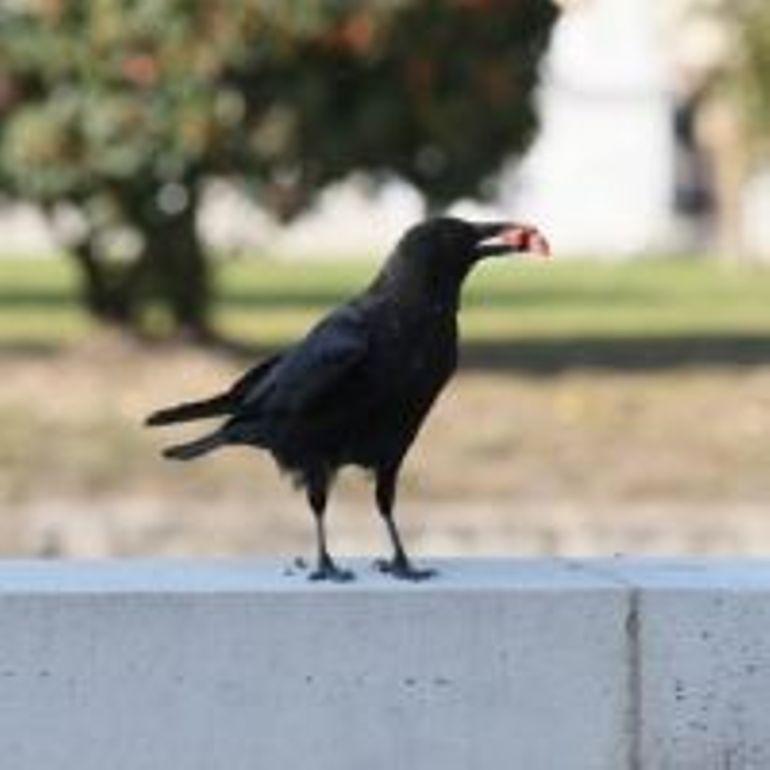Cornels are able to recognize the face of the danger
The expression "having a bird's brain" has just taken a blow in the aile: the crows are not only capable of identifying levialing of a human dangerous for them but can also teach freelancers to recognize this threat.
Intrigued by the behavior of the Cornels of America (Corvus brachyrhynchos) living on their campus in Seattle (USA), researchers from the University of Washington wanted to know if these birds would remember the face of an individual who made them undergo atrauma experience.
Scientists have therefore put on a latex mask imitating the facies of a cave man to capture and wander the volatiles before releaseing them after a while.
They then continued to wear this mask synonymous with danger by walking on the campus to observe the reactions of the corners.They also carried out the same experience with a "neutral" mask, in this case that of the former American vice-president Dick Cheney, to compare the differences in behavior.

The simple view of the man's mask of the caves triggered cries of alarm of the horn or pushed them to regroup to face the danger, angry with anger and violently beating wings to prevent their fellows.
Conversely, the Dick Cheney mask did not arouse a notable reaction.
For five years, the team of researchers has expanded their experiences to four other sites, this time using other masks specially manufactured for the occasion and imitating more common faces.
But this change of facies did not reduce the number of crows reacting as the "dangerous" individual approaches.
The frequency of alarm behaviors even ended up doubled: young corneilles had observed their parents' reactions to this signal and imitated them while other neighboring corners had also learned to recognize this danger by "contagion".
Facial recognition plays a crucial role for these crows as some humans give them food while others shoot them with gunshots, explains John Marzluff, specialist in wildlife and author of the published study publishedBy the British review Proceedings of the Royal Society B.
But the ability of these crows to juggle three distinct sources of information is particularly surprising.
Birds use their personal experience, the "vertical" transmission of the information collected by their parents, and to the "horizontal" and "social" transmission of the information provided by their fellows.
For animals, personal experience - threats, sources of food, etc..- is always the most reliable but it has big risks.Conversely, obtaining third -party information is less risky but also potentially less reliable, especially when information comes from its "social" relationships and no longer family.
According to Professor Marzluff, other corvids, such as choucas or the rare crows, are also likely to learn according to these three different modes.
How to Get Free N95 Masks from the US Government
GO
Codeco of December 3, 2021: the new measures target schools, masks, events, but not the horeca
GO
Sunburn: how to make up for the damage? - Miss
GO
Beauty coaching: can I apply oil if I have oily skin?
GO